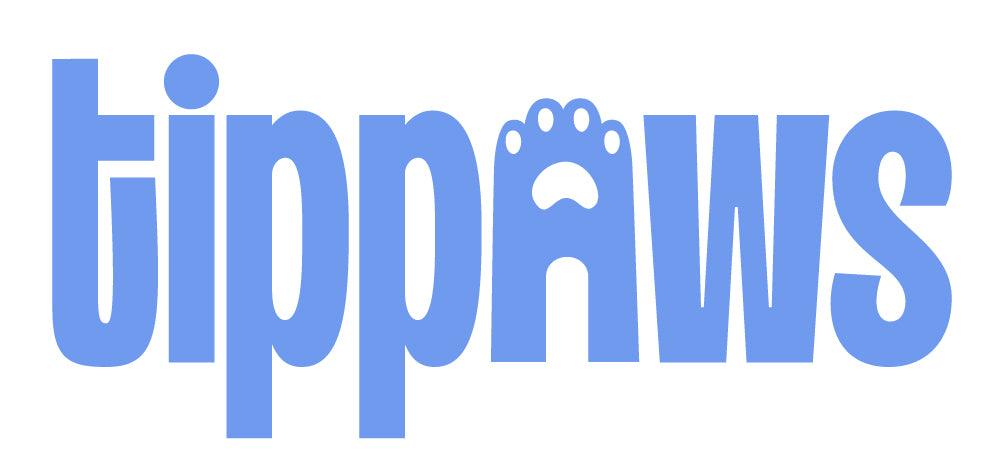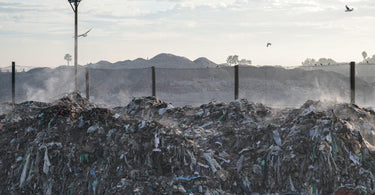Cats are undoubtedly one of the most beloved pets around the UK. There are 11-12 million cats as pets in the UK alone. While cats are wonderful companions, their litter trays create significant environmental problems. The amount of cat litter that ends up in landfills each year is staggering, and it is essential to understand the environmental impact of each type of litter to make informed choices.
How much cat litter ends up in landfill each year in the UK?
Many companies have tried to calculate the estimated amount of cat litter that ends up in landfill each year. It’s really difficult to estimate because there are so many factors to consider. You can do a quick mental calculation taking into consideration the inputs below:
-
There are 1.6 cats per household that has cats in the UK, or 11 million cats in total
-
Whilst not all cats go to the loo in litter trays, a large proportion do. And some cats go to the loo both outdoors and in a litter tray. So let’s assume half the cats in the UK use litter trays.
-
Non-clumping litters generally require a full tray change once a week. That’s approximately 52 trays of litter each year for one cat
-
Clumping litters generally require a full tray change every 2-5 weeks. That’s approximately 17 trays of litter each year for one cat assuming an average change every 3 weeks
-
The UK has traditionally used non-clumping cat litter, though more and more people are seeing the benefits of moving to clumping litter (both in terms of odour control and environment). As an assumption, let’s say 80% of people use non-clumping cat litter and 20% use cat clumping litter
-
We’ve assumed 5.5 million cats use litter (half of all cats), of these 4.4 million use non-clumping cat litter and 1.1 million cats use clumping cat litter
-
So 228.8 million trays of non-clumping litter and 18.7 million trays of clumping litter = 247,500,000 trays of cat litter a year
-
An average tray fill of cat litter is 34cm x 45cm x 3cm = 4.6 litres
-
This implies that the UK goes through 774,180,000 litres of cat litter a year from full tray changes not including any additional top ups
That’s a staggering 774 million litres of cat litter ending up in landfill every year in the UK alone. Think of that as 774 million one litre bottles of water sitting in landfill!
Whilst this is based on our assumptions of what we know about the market (so it is very rough) you get the gist - a lot of cat litter ends up in landfill each year!
Do different types of cat litter have a different impact on the environment?
There are several types of cat litter available in the market, including clay, silica, plant-based, and recycled paper. Each has its own environmental impact, and some are more sustainable than others.
-
Clay litter is the most commonly used type of litter, and it is made from bentonite clay. It is non-biodegradable and requires extensive mining to produce. According to a study conducted by the University of Illinois, clay litter production generates an estimated 1.5 million tons of dust every year, contributing to air pollution. Furthermore, the transportation of clay litter from the mining site to the manufacturing plant and then to retail stores also contributes to greenhouse gas emissions.
-
Silica litter is made from silica gel, which is a highly absorbent material. It is more environmentally friendly than clay litter, as it generates less dust and uses fewer resources to produce. However, the process of manufacturing silica gel requires a significant amount of energy, and it is not biodegradable.
-
Plant-based litter is made from materials such as wheat, corn, and pine. These materials are renewable and biodegradable, making plant-based litter an environmentally friendly option. You also use a lot less of this litter than others, so your waste-output is naturally lower. However, some plant-based litter requires significant amounts of water to produce, which can be a concern in drought-prone areas. Additionally, the transportation of plant-based litter can contribute to greenhouse gas emissions.
-
Recycled paper litter is made from recycled paper products and is also an eco-friendly option. It is biodegradable and renewable. Transportation can also contribute to greenhouse gas emissions. However, recycled paper litter is not as absorbent as other types of litter, and it can be more expensive.
Overall, the most environmentally friendly cat litter option is plant-based litter such as Tippaws Long-lasting Clumping Litter. It is renewable, biodegradable, and has a lower carbon footprint than other types of litter.
How can I reduce the environmental impact of my cat litter waste?
-
Choose a sustainable litter option, such as plant-based or recycled paper litter.
-
Use litter made from renewable resources, such as corn or wheat.
-
Avoid litter made from non-renewable resources, such as clay.
-
Look for litter that is produced in the UK or EU to reduce transportation emissions.
-
Use a clumping litter that lasts a really long time, so you reduce the overall amount of waste leaving your home
-
Consider using a litter tray with a waste-reducing system, such as a sifting litter box or an automated self-cleaning litter box.
-
Dispose of used litter responsibly, such as in a compost bin or in a designated waste disposal area. Check out our Litter Guide for more details on how you can compost your litter.
Sign up to our newsletter to receive 10% off your first order, including Tippaws Long-lasting Clumping Litter.


We have a rescue cat who is now 14. We have always used the clumping litter all the years we have had her as she is mainly indoors.
I find it excellent and she is content to come in from the garden if she does go out and uses her tray.
It is long lasting and just has to be replenished a few times. Very affordable too.